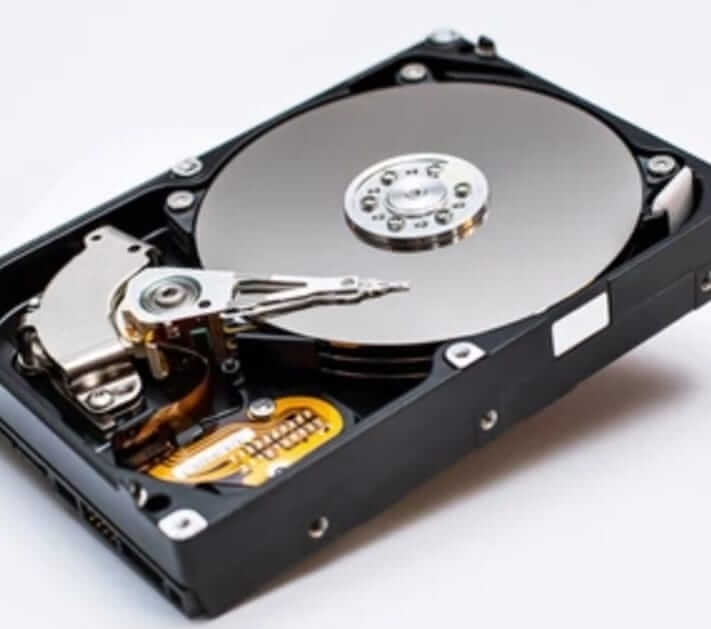Hard drive data recovery services
Pak Chronicle Web Desk
Hard drive data recovery services are an essential part of modern life, as data is becoming increasingly critical to our personal and professional lives. Whether it is family photos, business records, or personal documents, losing valuable data can be a significant inconvenience and, in some cases, can lead to severe consequences.
Hard drives are the most commonly used storage devices in computers and other digital devices, and they are susceptible to data loss due to various reasons such as physical damage, virus infections, accidental deletion, or formatting. When a hard drive fails or becomes inaccessible, it can be frustrating, especially if you have not backed up your data.
Fortunately, there are professional data recovery services that can help you retrieve lost or corrupted data from your hard drive. These services use specialized tools and techniques to recover data from damaged or malfunctioning hard drives, including mechanical, logical, or electrical failures.
If you are experiencing data loss on your hard drive, the first step is to determine the cause of the problem. If you hear any unusual sounds or notice physical damage to your hard drive, it is essential to turn off the device immediately and seek professional help. Continuing to use a damaged hard drive can worsen the situation and make data recovery more difficult, if not impossible.
Professional data recovery services typically offer a free consultation to assess the problem and provide an estimate of the cost and time needed to recover the data. Depending on the severity of the issue, data recovery can take anywhere from a few hours to several days.
When choosing a data recovery service, it is crucial to consider the provider’s expertise, experience, and reputation. Look for a provider with a proven track record of successfully recovering data from various types of hard drives and storage devices. It is also advisable to choose a provider that offers a ‘No Data, No Fee’ policy, which means that you only pay if they successfully recover your data.
The cost of data recovery services can vary widely depending on the provider and the severity of the problem. On average, data recovery services can cost between a few hundred to several thousand dollars, depending on the complexity of the issue and the amount of data to be recovered.
In conclusion, data recovery services are crucial for retrieving lost or corrupted data from hard drives and other storage devices. If you are experiencing data loss, it is essential to seek professional help to prevent further damage and improve your chances of recovering your data. When choosing a data recovery service, look for a reputable provider with a proven track record of success and a ‘No Data, No Fee’ policy to ensure that you only pay if they successfully recover your data.
Names of companies dealing in data recovery services
There are many companies that offer hard drive data recovery services, some of which include:
Kroll Ontrack
DriveSavers Data Recovery
Secure Data Recovery Services
Gillware Data Recovery
ACE Data Recovery
SalvageData Recovery
Prosoft Engineering Data Rescue
DataTech Labs Data Recovery
Fields Data Recovery
CBL Data Recovery Technologies
It’s important to note that the quality and success of data recovery services can vary widely, and it’s always a good idea to do your research and read reviews before choosing a company to work with.
A hard drive, also known as a hard disk drive (HDD), is a type of data storage device used in computers and other digital devices to store and retrieve digital information. The hard drive is typically made up of one or more metal disks coated with magnetic material that stores data in binary form (ones and zeros) through the use of magnetic fields. The hard drive also contains read/write heads that can read and write data to and from the disk.
Hard drives are an essential component of most computer systems, as they are used to store the operating system, software applications, documents, and other types of files. They come in different storage capacities, ranging from a few hundred gigabytes to several terabytes, and can be connected to a computer via various interfaces, such as SATA, SCSI, and IDE.
Ends



